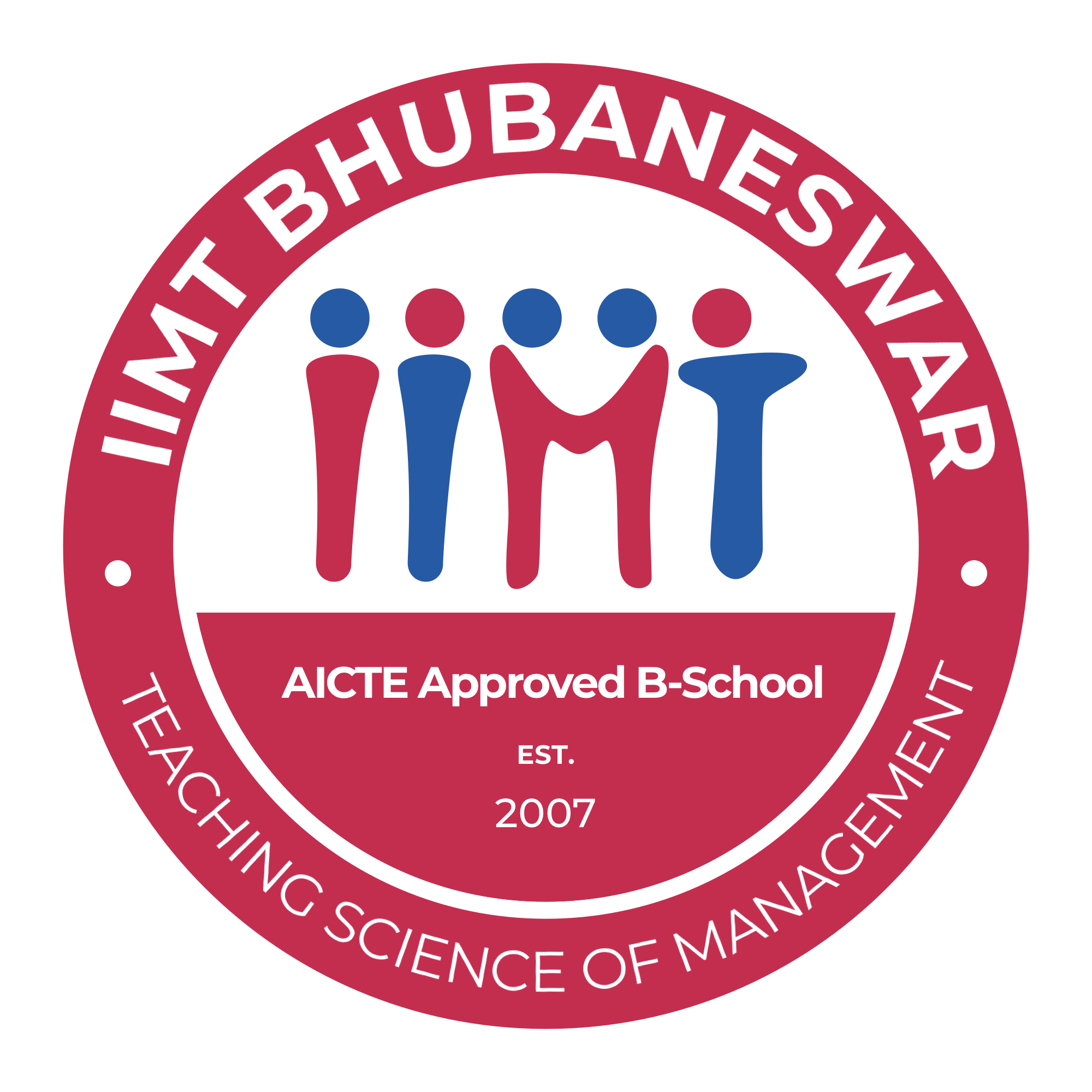International Journal of Computer Science and Informatics IJCSI
ISSN: 2231-5292

Abstracting and Indexing


IJCSI
THEORETICAL CONCEPTS & APPLICATIONS OF INDEPENDENT COMPONENT ANALYSIS
SONALI MISHRA
LNCT, Bhopal, M.P. India
NITISH BHARDWAJ
LNCT, Bhopal, M.P. India
DR. RITA JAIN
HOD (EC) LNCT, Bhopal, M.P. India
Abstract
This paper deals with the study of Independent Component Analysis. Independent Component Analysis is basically a method which is used to implement the concept of Blind Source Separation. Blind Source Separation is a technique which is used to extract set of source signal from set of their mixed source signals. The various techniques which are used for implementing Blind Source Separation totally depends upon the properties and the characteristics of original sources. Also there are many fields nowadays in which Independent Component Analysis is widely used. This paper deals with the theoretical concepts of Independent Component Analysis, its principles and its widely used applications
Recommended Citation
[1] Shivi Chaturvedi, Ajay Somkuwar, “Survey of Independent Component Analysis and its Application,” Proc. of VLSI Embedded Systems Signal Processing & Communication Technologies Conference NCVESCOM - 2010, April 2010. [2] Alex Favaro Aaron Lewis Garrett Schlesinger, “ICA for Musical Signal Separation,” CS 229 Machine Learning Final Projects, Autumn 2011. [Online]. Available http://cs229.stanford.edu/projects2011. [3] Hyv¨arinen, Karhunen , Oja, “Independent Component Analysis,” John Wiley & Sons, March 2001, Chapter 1 : Introduction, pp. 1-2. [4] G.D. Clifford, “Blind Source Separation : Principal & Independent Component Analysis,” Biomedical Signal and Image Processing Spring 2008, Chapter 15. [Online]. Available www.mit.edu/~gari/teaching/6.555/LECTURE_NOTES/ch1 5_bss.pdf. [5] Fabian J. Theis, “A short tutorial on blind source separation,” Institute of Biophysics University of Regensburg, Germany, TUAT, Tokyo, 28-3-2005. [6] Independent Components Analysis. [Online]. Available http://courses.washington.edu/matlab2/matlab/Lesson_17.as v. [7] http://web2.concordia.ca.Quality/tools/25scatter.pdf. [8] V. Calhoun, T. Adali and G. Pearlson, “ independent component analysis applied to fMRI data : a generative model for validating results,” Journal of VLSI Signal Processing Systems, Volume 37 Issue 2/3, June – July 2004, pp. 281-291. [9] http://research.ics.aalto.fi/ica/biennial2001-3.pdf